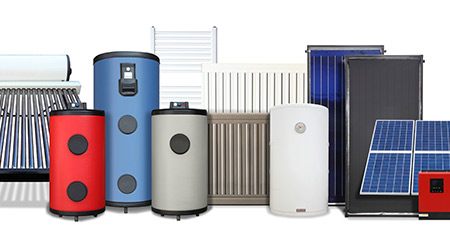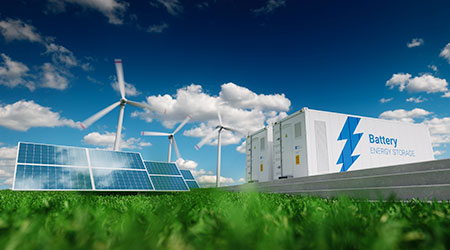
Embodied Energy and Product Specification
August 9, 2018
Facility managers in institutional and commercial facilities have all sorts of criteria for green product selection beyond the obvious issues of cost and performance. Many times, these decisions depend on an organization’s priorities. In a hospital, facility managers might have to consult a red list of chemicals to ensure products they bring into their facilities do not include particular harmful chemicals. If a company is focused on net zero energy, facility managers might be asked to consider the embodied energy of building products they choose.
What is embodied energy? Why is it an important criterion of product selection?
Embodied energy is a key tenet of a holistic environmental life-cycle assessment, and is being included more often on manufactures’ environmental product declarations (EPD). Embodied energy is the energy a product requires over its life, from raw material extraction through the manufacturing process to its delivery and installation in a building.
Managers who pick products with low embodied energy are making a statement that they’re concerned not just about the way the product performs in their buildings but also the manufacturer’s performance in making the product. Building products with lower levels of embodied energy often are less expensive because the manufacturer’s energy waste isn’t being tacked on to the price of the product.
One important caveat: Facility managers must examine all aspects of a product’s life cycle and weigh the different performance criteria against each other. It would be hard to argue that a product with a low embodied energy that only lasts five years before requiring replacement is more environmentally responsible than one with a bit higher embodied energy that lasts for 50 years.
This Quick Read was submitted by Greg Zimmerman, executive editor, Building Operating Management. Read his recent story about the new LEED v4.1 rating system.
Next
Read next on FacilitiesNet












